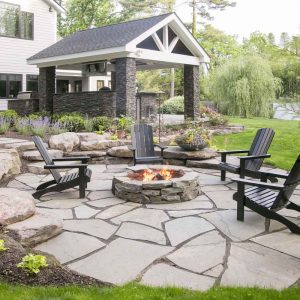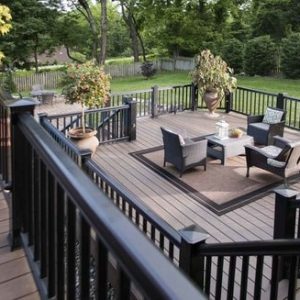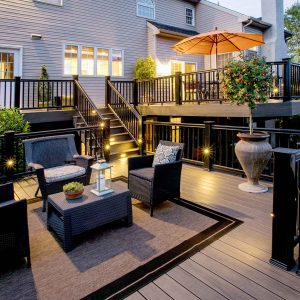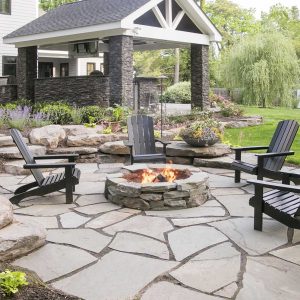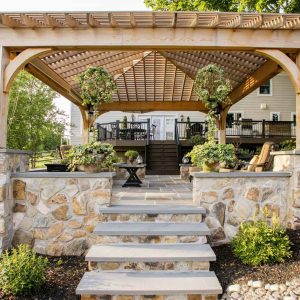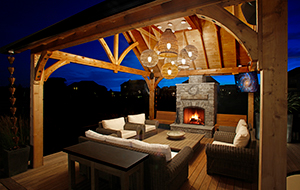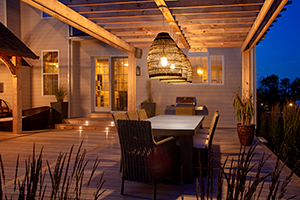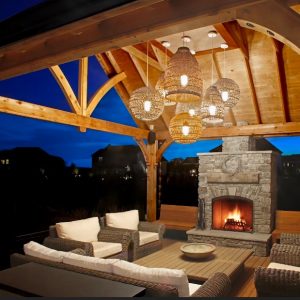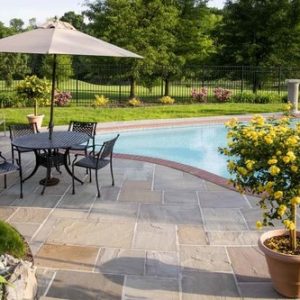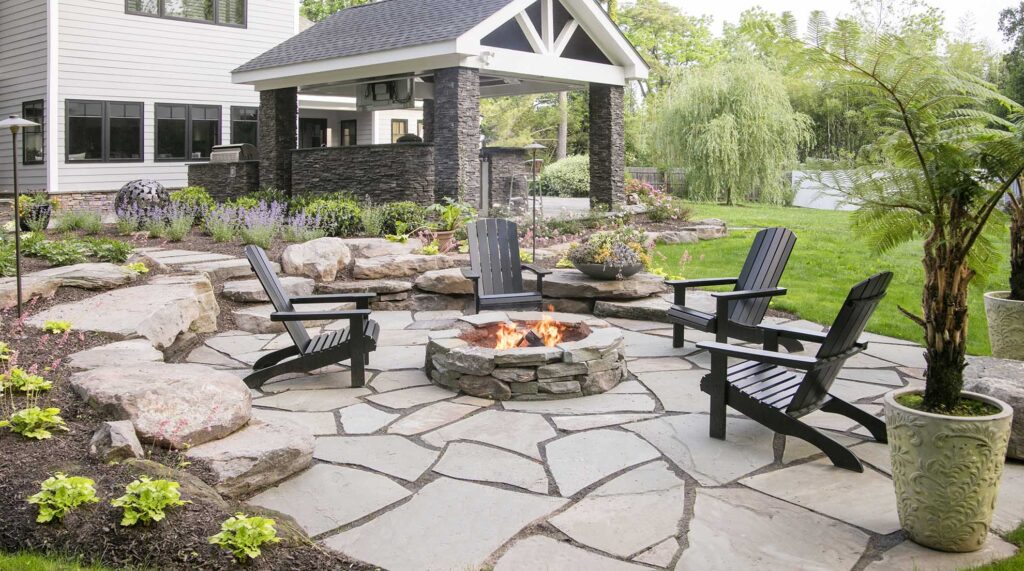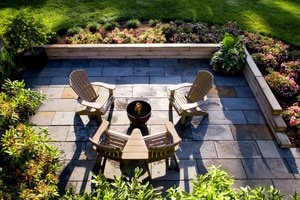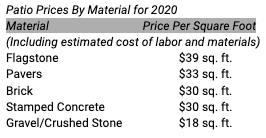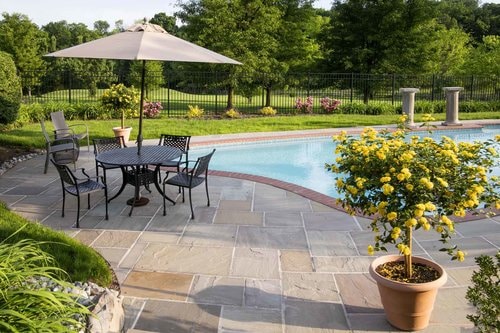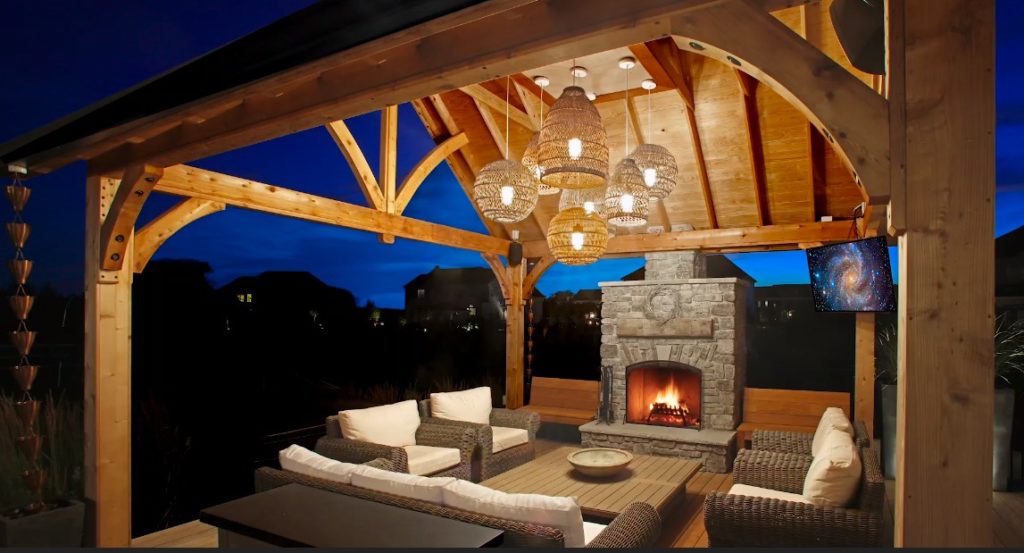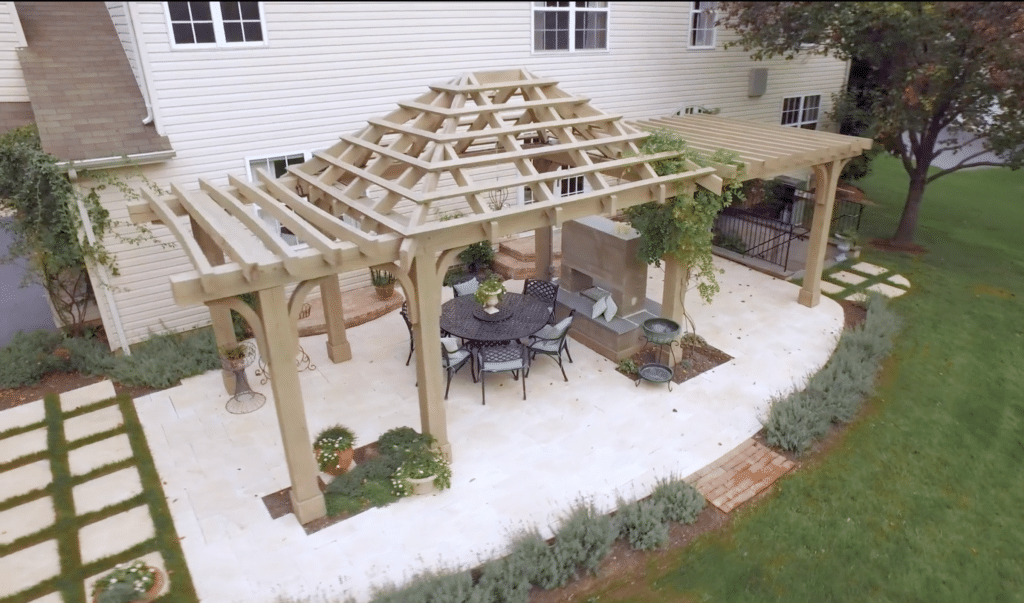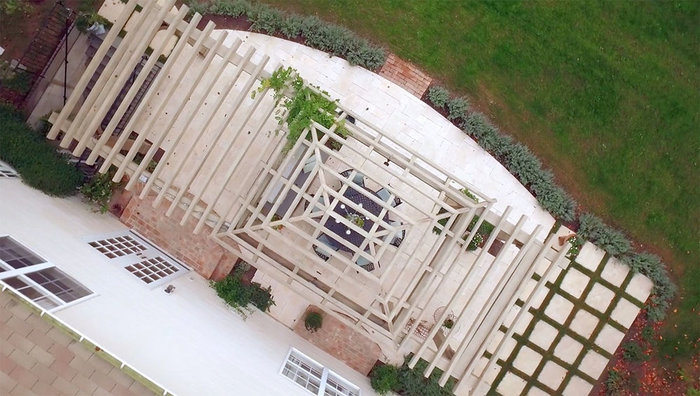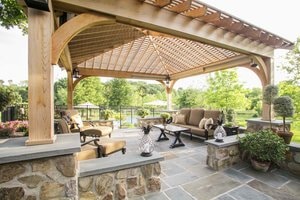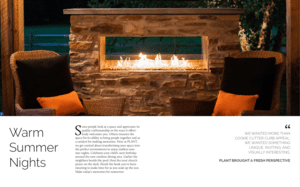Play Video
IMAGINE THE POSSIBILITIES
Our team of design experts listen to how you want your new space to make you feel, and then create a haven that does just that. Your outdoor space has the potential to be its own special getaway. Savor it as your best kept secret, or share it with your friends… we won’t judge, we just want to help you build it.
Call us at 215-321-5678 if you’re ready to talk about how we can help bring your ideas to life this summer. We can’t wait to hear about your ideas!

